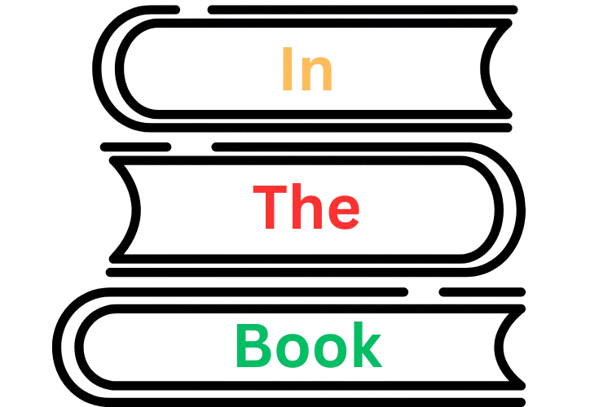Let us talk about light novel vs manga in this article, exploring their differences in a simple way.
Contents
Light Novels: A Quick Overview
Format:
- Prose Stories: Light novels are primarily prose stories published in book format.
- Accompanying Illustrations: While the text forms the core of the work, light novels often include illustrations. These black-and-white images, created by illustrators, serve as visual aids sprinkled throughout the text.
Creation
- Author-Illustrator Collaboration: Authors collaborate with illustrators to bring their stories to life.
- Cover Art and Interior Illustrations: The illustrator creates a cover image and several illustrations that enhance the reading experience.
Characteristics:
- Length: Usually around 50,000 words (shorter than regular novels).
- Size: Compact and easy to carry (think of them like pocket-sized books).
- Speed: Some authors churn out a new light novel every month!
- Series: Often part of a larger story told across multiple volumes.
Reading Experience:
- Imagination: Readers visualize the fictional world based on descriptive text.
- Inner Thoughts: More internal monologues, deeper understanding of characters.
- Adaptations: Many anime and manga start as light novels.
Manga: The Art of Sequential Storytelling
Definition: Manga is like comic books, consisting of sequential artwork with dialogue and captions.
Format:
- Visual Storytelling: Manga consists of detailed drawings that convey the narrative.
- Text and Images: While dialogue bubbles and captions incorporate text, the images play a significant role.
Creation:
- Manga Artists: Unlike light novels, manga artists handle both writing and illustrations.
- Serialized Chapters: Manga chapters are episodic installments published in magazines and later compiled into volumes.
Characteristics:
- Length: Volumes collect previously published chapters (around 180-200 pages).
- Open-Ended: Serialized for years, spanning many volumes.
- Action: Depicted visually, emphasizing motion and emotion.
Reading Experience:
- Visual Feast: Environments, actions, and emotions readily depicted.
- Fast-paced: Cinematic storytelling with dynamic visuals.
- Less Inner Perspective: Less focus on characters’ internal thoughts.
- Adaptations: Some manga originate from light novels, revealing lore and backstory.
Which Should You Choose: light novel vs manga?
Light Novels:
- More words, complex writing.
- Ideal for cerebral, text-driven stories.
- Dive deep into the characters’ minds.
Manga:
- Visual storytelling, concise language.
- Faster-paced, dynamic motion.
- Captivating through art and action.
Some FAQs
What is the main difference between light novels vs manga?
- Light Novels: These are small novels with occasional illustrations. They are longer than manga but shorter than full-length novels.
- Manga: Manga primarily consists of sequential artwork with dialogue and captions. It is similar to Western comic books but is printed in black and white.
How are light novel vs manga formatted?
- Light Novels: They are concise, rarely exceeding 250 pages, akin to novellas. Light novels contain paragraphs of text.
- Manga: Manga is primarily a comic with extensive illustrations. It relies on visual art to convey the story, showcasing characters, actions, and emotions through detailed drawings.
What’s the history of manga?
Manga has existed in its current form since at least the 1800s in Japan. Artwork resembling comics or graphic novels has been part of Japanese culture for centuries.
Why are manga usually printed in black and white?
- Tradition: Manga has a long-standing tradition of being printed in black and white.
- Cost-Effective: Printing in black and white reduces production costs (no need for color ink).
- Faster Production: Artists can create manga more quickly without the coloring process.
How are manga released compared to Western comics?
Manga is often released in manga magazines containing single issues of various series. Each series continues in subsequent magazines.
Click here to learn more

Chandler is an avid automobile enthusiast who is passionate about all things on wheels. From the latest car models to classic vintage rides, I love exploring the automotive world’s intricate details and engineering marvels. With years of experience in test-driving, reviewing, and analyzing cars, I provide readers with comprehensive insights and honest opinions.



























